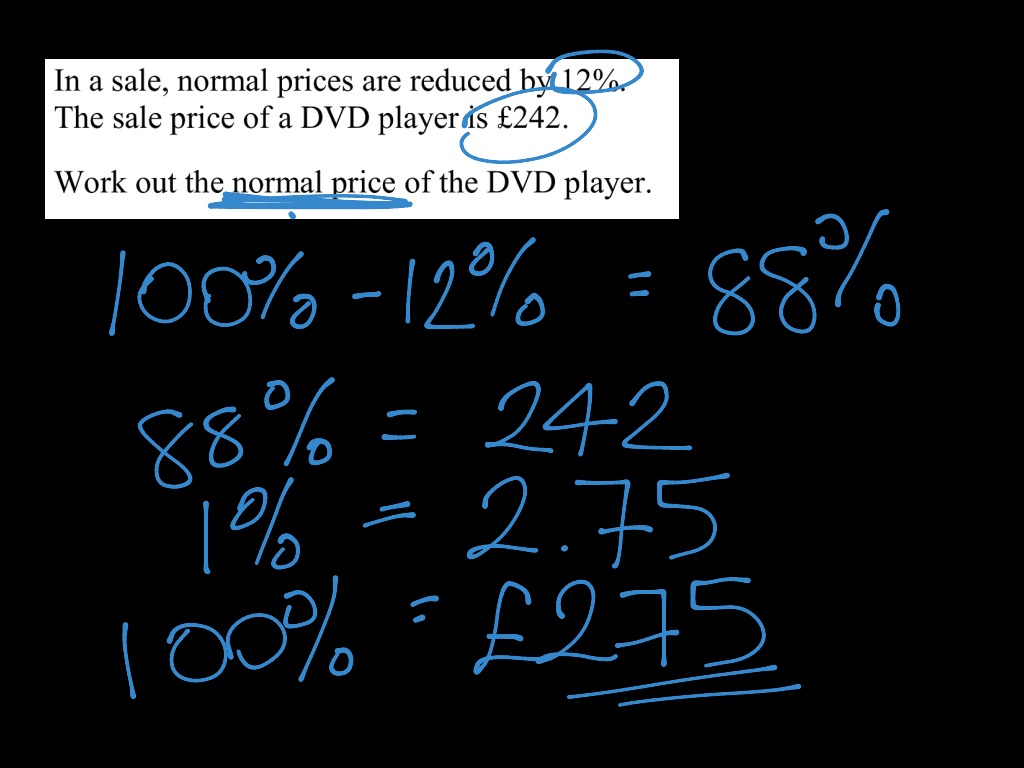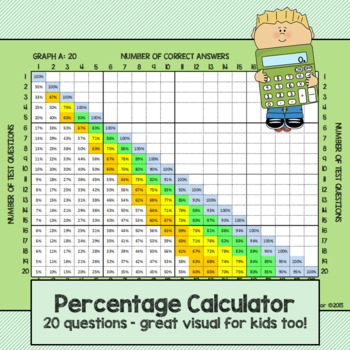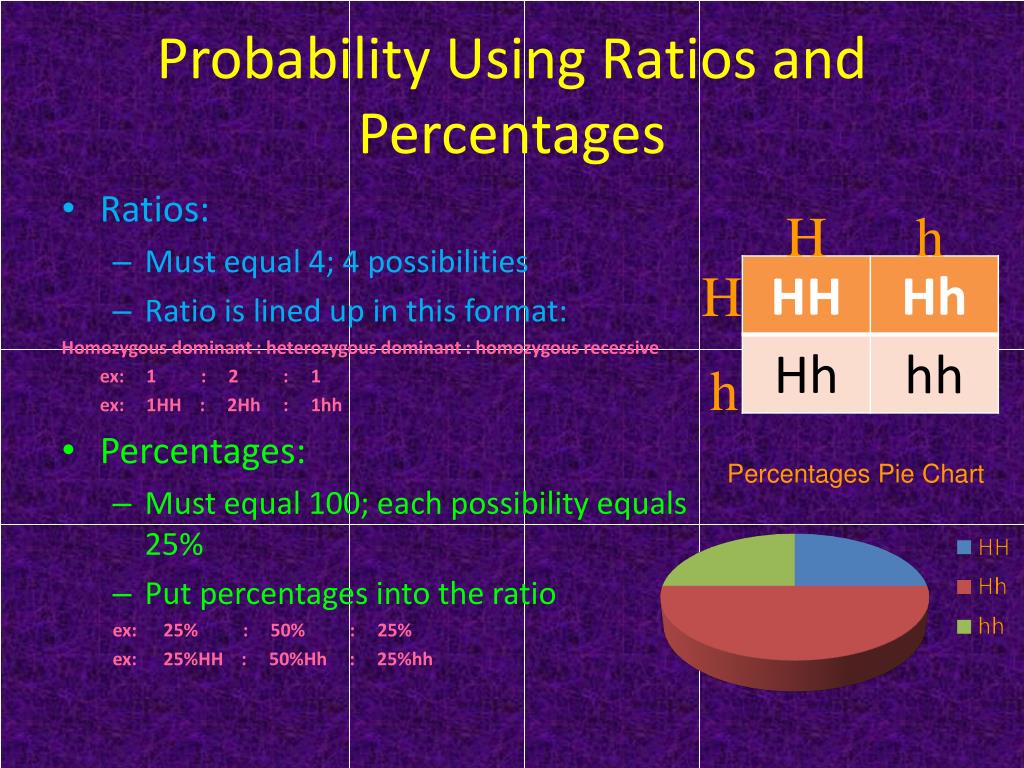

Consider the probability of rolling a 4 and 6 on a single roll of a die it is not possible. In the case where A and B are mutually exclusive events, P(A ∩ B) = 0. The intersection of events A and B, written as P(A ∩ B) or P(A AND B) is the joint probability of at least two events, shown below in a Venn diagram. if P(A) = 0.65, P(B) does not necessarily have to equal 0.35, and can equal 0.30 or some other number. Any P(B') would be calculated in the same manner, and it is worth noting that in the calculator above, can be independent i.e. Given this scenario, there is, therefore, a 35% chance that Bob does his homework. If, for example, P(A) = 0.65 represents the probability that Bob does not do his homework, his teacher Sally can predict the probability that Bob does his homework as follows: Given a probability A, denoted by P(A), it is simple to calculate the complement, or the probability that the event described by P(A) does not occur, P(A'). The calculator provided computes the probability that an event A or B does not occur, the probability A and/or B occur when they are not mutually exclusive, the probability that both event A and B occur, and the probability that either event A or event B occurs, but not both.

This is further affected by whether the events being studied are independent, mutually exclusive, or conditional, among other things. In its most general case, probability can be defined numerically as the number of desired outcomes divided by the total number of outcomes.

It follows that the higher the probability of an event, the more certain it is that the event will occur. It is quantified as a number between 0 and 1, with 1 signifying certainty, and 0 signifying that the event cannot occur. Probability is the measure of the likelihood of an event occurring. Related Standard Deviation Calculator | Sample Size Calculator | Statistics Calculator Use the calculator below to find the area P shown in the normal distribution, as well as the confidence intervals for a range of confidence levels.
#Probability of percentages calculator series#
N, mean and sum of squares of the sample set.Ĭalculate the percentage weight of two or three numbers that make up a total sum of the sample set.Ĭalculate the z-score using one of three methods including for a set of data.Probability of a Series of Independent Events Calculator performs addition or summation to compute the total amount of entered data set.Ĭalculate variance, standard deviation and variables needed to calculate variance including sample size Generate one or more random numbers or random letter sets from a range of numbers or letters.Ĭalculate the standard deviation and variance for a set of data.įormulas include the basic descriptive statistics to calculate the minimum, maximum, range, sum, count, mean, median, mode, standard deviation, variance, midrange, percentiles, quartiles, outliers, sum of squares, mean deviation, absolute deviation, root mean square, standard error of the mean, skewness, kurtosis, kurtosis excess, and coefficient of variation.Ĭreate stem and leaf plots, or stemplots, for sets of data values and calculate basic statistics including the minimum, maximum, sum, count, mean, median, mode, standard deviation and variance.Ĭalculate the sum of a set of numbers. Pick a randomly generated number between 1 and 100. Pick a randomly generated number between 1 and 10. Generate one or more random numbers from a custom range of numbers you select with or without repeats and sorting. Sort a list of names or generate multiple picks with repeats. Randomly pick a name or multiple names from a list. \ĭraw 1 to 52 cards randomly from a shuffled deck of playing cards. PIN numbers of 1 to 100 digits long with or without repeats. Mean = sum of data / number of data valuesĬalculate the statistical mean, median and mode for a set of data.Ĭonvert "odds of winning" an event into a percentage chance of success.Ĭalculate any percentile and get a table of every 5th percentile for a given data set.Ĭalculate first, second and third quartiles, the interquartile range, and minimum and maximum for a data set. Calculate the minimum, maximum, range, sum, count, mean, median, mode, standard deviation, variance, midrange, quartiles, sum of squares, mean deviation, absolute deviation, root mean square, standard error of the mean, skewness, kurtosis, coefficient of variation and frequency for a set of data.Ĭalculate the grade you need on the final exam to get a desired grade for the course.Ĭalculate grade point average and cumulative grade point averages.Ĭalculate the mean of a set of data.
#Probability of percentages calculator plus#
Average is the same as mean.Īverage = sum of data / number of data valuesĬalculate the minimum, maximum, sum, count, mean, median, mode, standard deviation and variance for a data set.Ĭalculations include the basic descriptive statistics plus additional values.


 0 kommentar(er)
0 kommentar(er)
